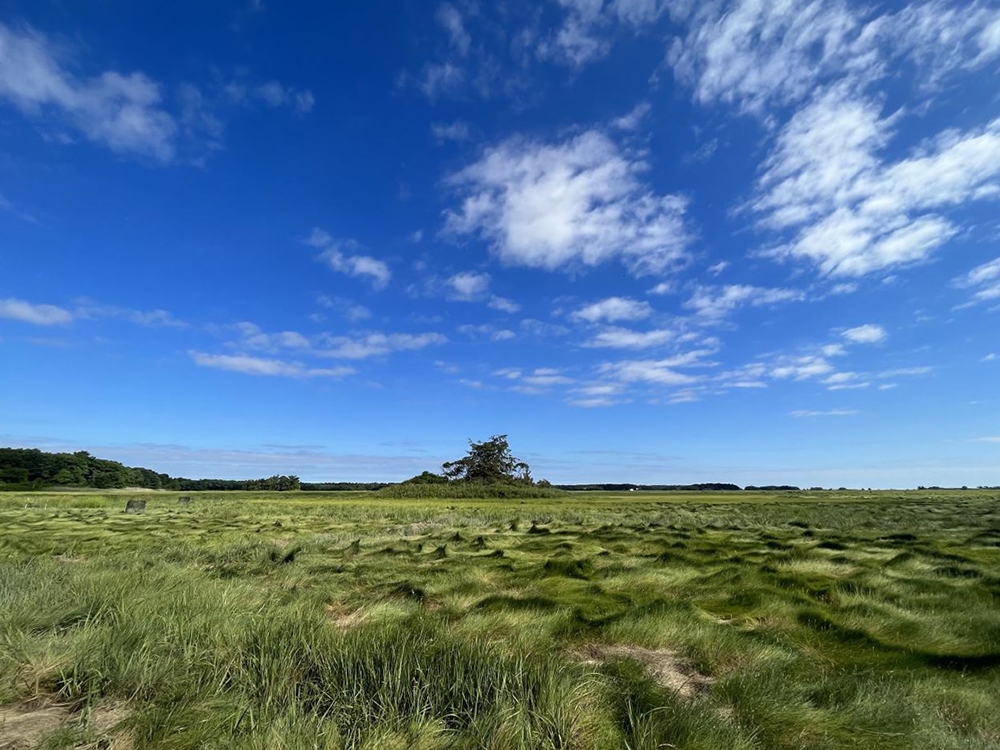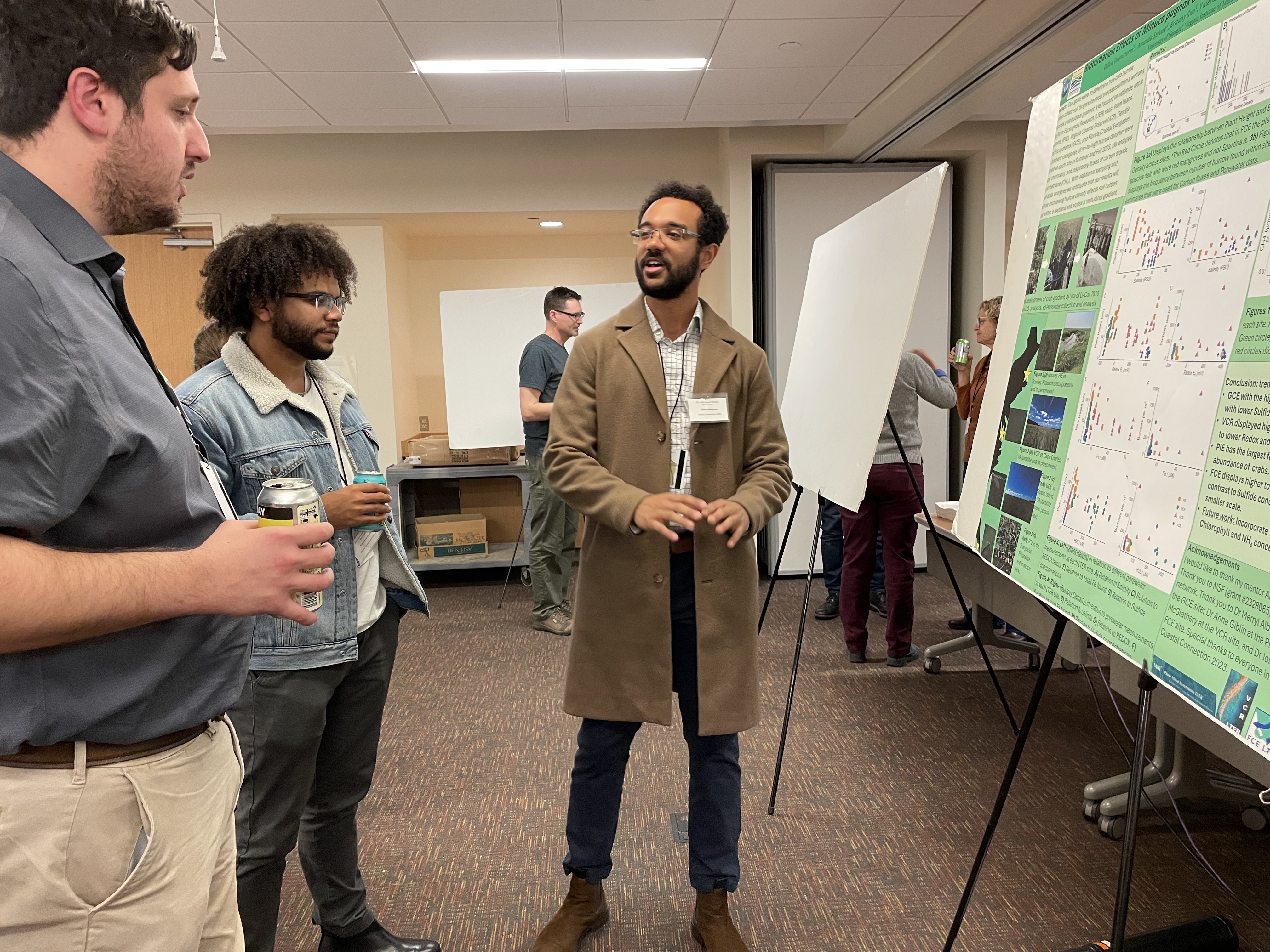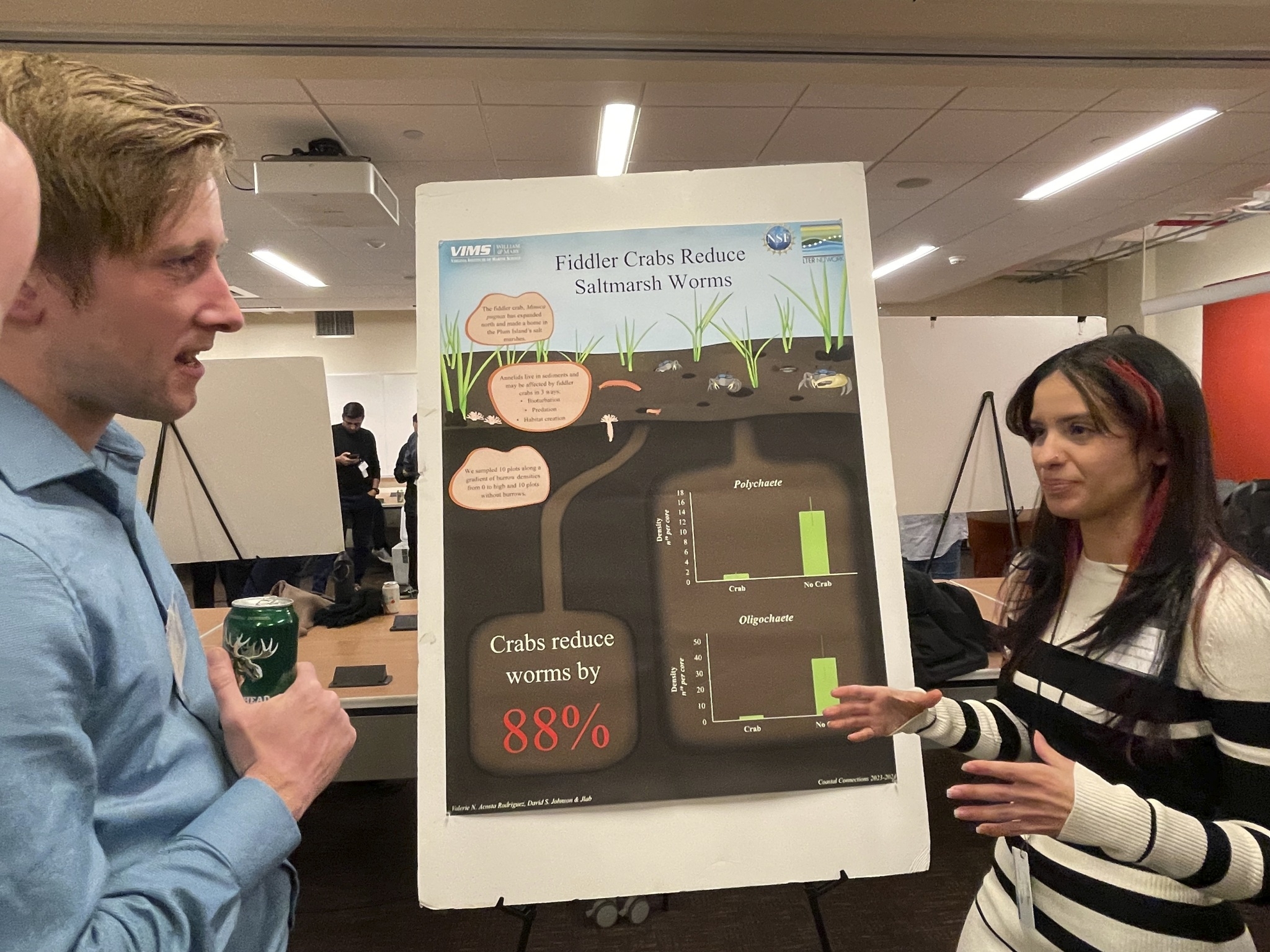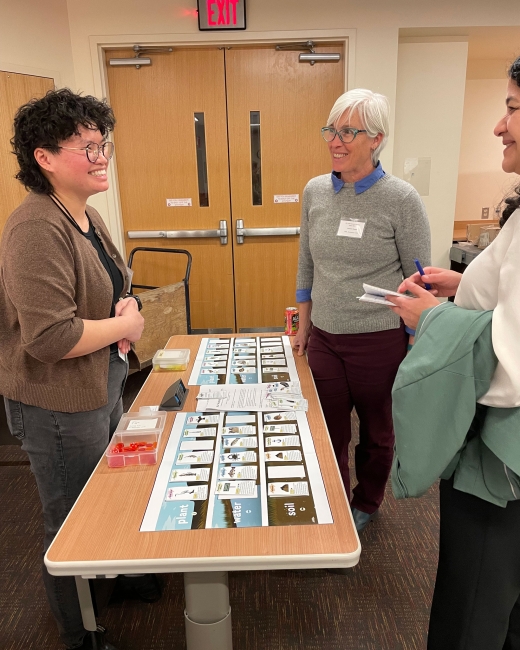Plum Island Ecosystems Scientists and Students Head to MBL for Annual Meeting

North of Boston and nestled in the largest contiguous salt marsh in New England, the Plum Island Ecosystems Long-Term Ecological Research site (PIE-LTER) is an integrated research, education, and outreach program administered by the MBL Ecosystems Center.
“Long-term measurements are critical to understanding how ecosystems function and how they are responding to climate change,” said Anne Giblin, director of the MBL Ecosystems Center and principal investigator of the PIE-LTER. “We now have more than 30 years of data from the watersheds, marshes and estuarine waters of the PIE-LTER. This data has allowed us to document how rising sea levels and changes in climate are impacting the ecosystems. "

Earlier this month, scientists, students, and managers working in the PIE-LTER headed to MBL for their annual meeting.
“[The meeting] is a great opportunity to share our knowledge with one another and develop synergistic projects,” said Giblin.
The day also included a poster session. Below are just a few of the projects highlighted.
The posters by Dillon Doomstorm (Bioturbation effects of Minuca pugnax) and Valerie N. Acosta Rodrigues (Fiddler Crabs Reduce Saltmarsh Worms) are part of a synthesis project across several coastal sites, including PIE-LTER, to “assess how animals interact with soil to change carbon inputs into soil and sediments in coastal ecosystems,” said James Nelson of the University of Louisana at Lafayette, one of the principal investigators on the project. Nelson is a former Ecosystems Center researcher.


For example, Doomstorm and Acosta Rodrigues are studying how fiddler crabs are impacting coastal ecosystems as climate change pushes them into them into new territories. The students are participating in the project through the NSF-funded RAMP program (Research and Mentoring for Postbaccalaureates in Biological Sciences) called “Coastal Connections.”
Stephanie V. Tsui, a PhD candidate at Northeastern University, created a game called “Salt Marshes for Humanity,” in order to “learn about the different ways stakeholders engage with and value a salt marsh ecosystem,” she said. In researching the game, Tsui studied how a person’s upbringing could influence how they perceive human-nature relationships. The players take the roles of key marsh stakeholders such as commercial fisherman, birding enthusiast, wetlands scientist, and coastal homeowner, and must work together to build a successful management plan for the marsh.
The player that accumulates the most points related to their stakeholder's end-of-game goals wins. “Some people are not happy at the end of the game, but that’s predictable,” said Tsui.
Estuaries such as at Plum Island are among the most productive ecosystems on Earth. Their location at the land-sea interface, where inputs from river runoff mix with ocean tides, contributes to a broad diversity of primary producers and some of the most productive fisheries in the world.
But these vital ecosystems are increasingly threatened by both natural phenomena, like climate variability and sea level rise, and human actions from nitrogen pollution, sediment erosion, and overfishing, said Giblin.
